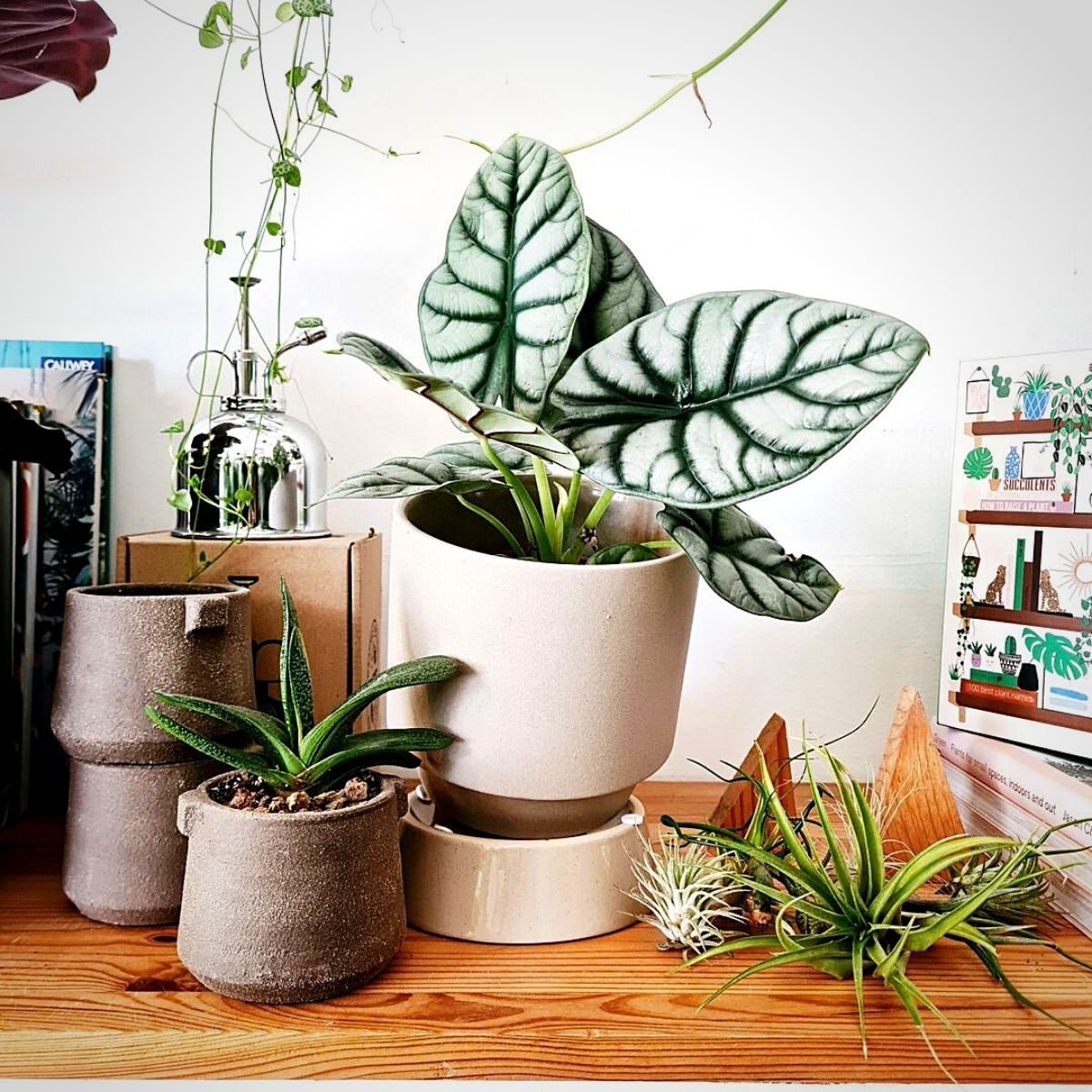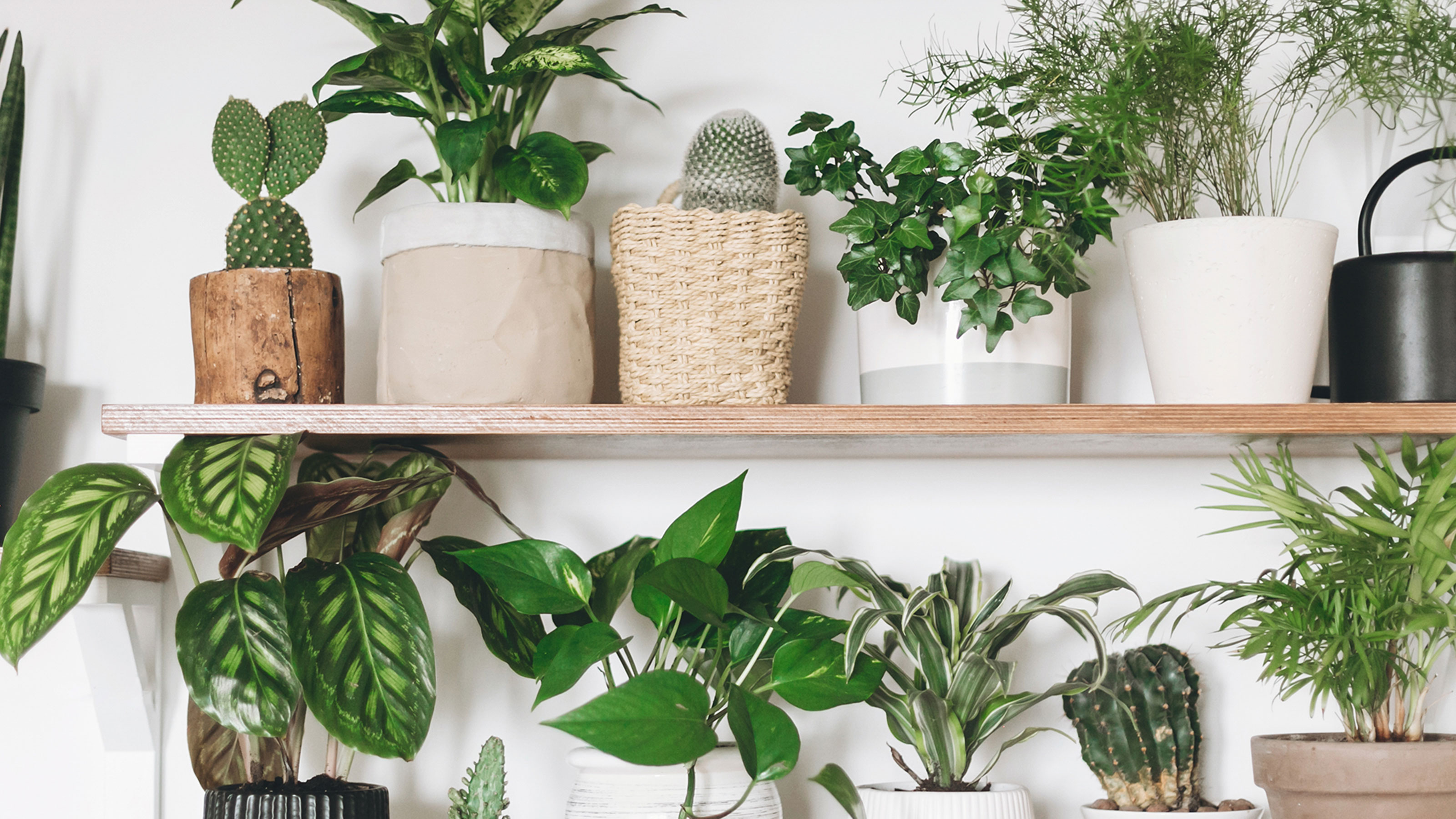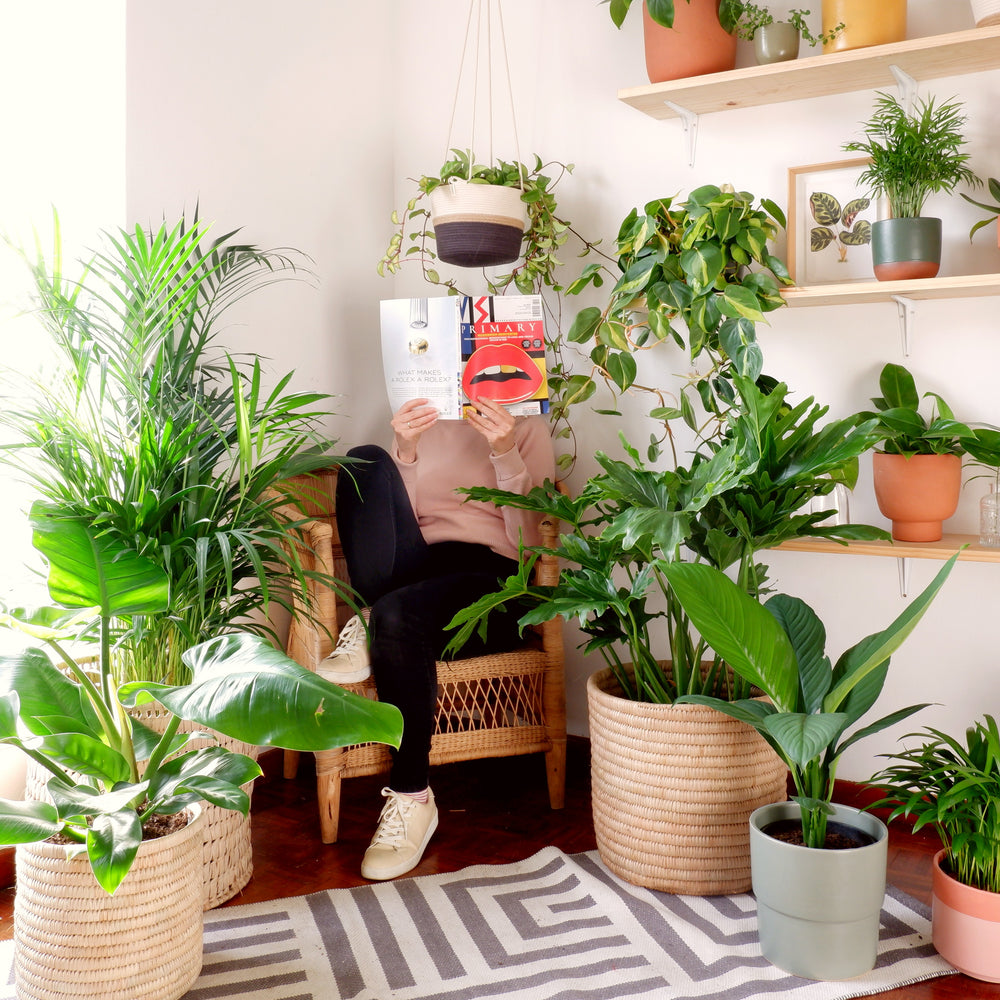Transform Your Home With Beautiful Low-Light Indoor Plants and Their Benefits
Integrating low-light interior plants into your home can significantly enhance both the environmental and visual quality of your living spaces. These plants, which prosper in dark problems, serve not only as decorative aspects yet also as natural air purifiers, making them excellent for urban residents or those with minimal sunlight direct exposure. As we discover the various kinds of low-light plants and their benefits, you might locate unexpected methods to integrate them into your home that can transform your surroundings in methods you could not have anticipated.
Advantages of Low-Light Plants
Low-light plants use many benefits for interior settings, making them a superb choice for both beginner and knowledgeable gardeners. One of the key advantages is their versatility to low-light problems, enabling people to boost their living rooms without the demand for comprehensive sunshine direct exposure. This particular makes them ideal for apartments, workplaces, and other locations with minimal natural light.

In addition, integrating low-light plants into home décor can raise the aesthetic charm of an area. Their rich foliage and differed structures develop a relaxing environment, contributing to general wellness. Lastly, the existence of greenery has actually been connected to decreased stress levels and enhanced productivity, making low-light plants a practical option for enhancing both physical and mental wellness in indoor settings.
Top Low-Light Indoor Plants
While many indoor plants grow in brilliant light, numerous types are specifically well-suited for low-light conditions, making them perfect for numerous indoor spaces. One preferred choice is the Snake Plant (Sansevieria), understood for its striking upright fallen leaves and strength, requiring marginal care. Another outstanding choice is the Pothos (Epipremnum aureum), which features heart-shaped leaves and can route magnificently from hangers or shelves, flourishing in reduced light and including a lush touch.
The ZZ Plant (Zamioculcas zamiifolia) is celebrated for its shiny leaves and capacity to stand up to forget, making it ideal for hectic way of lives. In a similar way, the Tranquility Lily (Spathiphyllum) not only endures low light however likewise generates stunning white blossoms, improving any type of room's aesthetic.
For a distinct touch, take into consideration the Cast Iron Plant (Aspidistra elatior), which undoubtedly measures up to its name, growing in the darkest corners of your home. The Chinese Evergreen (Aglaonema) supplies a range of fallen leave patterns and shades while being remarkably forgiving in low-light problems. These plants not just improve interior atmospheres however additionally add to air purification, improving your living space.
Care Tips for Low-Light Plants

Sprinkling practices are essential; these plants commonly choose slightly completely dry conditions. Overwatering can cause root rot, so make sure that the top inch of dirt is completely dry prior to sprinkling again. Use pots with water drainage holes to allow excess wetness to get away.
Humidity is one more vital aspect. Lots of low-light plants, such as ferns and tranquility lilies, gain from higher moisture degrees. To enhance humidity, think about misting the leaves or placing a tray of water near the plants.
Fertilization ought to be come close to with care. During the growing period, make use of a thinned down, balanced liquid fertilizer monthly to support development, but avoid feeding throughout the inactive cold weather.

Imaginative Ways to Present Plants
Interior plants can act as exciting focal points in any area, improving both visual appeal and setting. Imaginative screens can boost the aesthetic impact of low-light plants, making them an indispensable part of your home decoration. One efficient approach is to make use of tiered plant stands, which allow you view publisher site to showcase several plants at varying heights while making the most of flooring area.
Hanging planters are another cutting-edge option, developing a feeling of deepness and attracting the eye upward. Consider macramé wall mounts or wall-mounted racks to introduce a special texture and design.
For a much more structured method, usage geometric terrariums or glass containers to house your plants, including a modern-day touch to your interior yard. You can likewise repurpose vintage things, such as teacups or wood pet crates, for an eclectic screen that reflects your individuality.
Enhancing Home Atmosphere With Plants
Incorporating low-light plants right into your home not just boosts visual appeal but also contributes dramatically to the total atmosphere. These plants work as natural design aspects, presenting a feeling of serenity that can change any type of room. The visibility of plant promotes a relaxing environment, which is especially valuable in high-stress settings such as office or living areas.
Low-light plants, such as serpent plants, pothos, and ZZ plants, are not only cosmetically pleasing however likewise improve indoor air quality by filtering system contaminants. This twin function enhances the atmosphere even more, creating a much healthier living area (Best low-light indoor plants). The critical positioning of these plants can also affect the perception of space; for circumstances, high plants can attract the eye upward, making ceilings show up greater and rooms extra sizable
In addition, varying textures and shades of foliage add deepness to interior design, enabling innovative expression in home styling. Whether put on racks, in corners, or as focal points, low-light plants can boost the mood of any type of room. In recap, integrating these plants into your home is an efficient means to promote a cozy, welcoming environment while reaping the advantages of improved air quality and visual convenience.
Verdict
Incorporating low-light indoor plants into home settings uses numerous advantages, consisting of boosted visual charm and improved air quality. These durable plants, such as the Serpent Plant and Peace Lily, call for minimal light and maintenance, making them appropriate for varied way of livings.
While several indoor plants grow in bright light, several types are particularly appropriate for low-light conditions, making them perfect for various interior areas. One reliable method is to make use of tiered plant stands, which allow you to display several plants at varying heights while maximizing floor space.
Low-light plants, such as serpent plants, pothos, and ZZ plants, are not only aesthetically pleasing but also boost interior air quality by filtering system pollutants. Best low-light indoor plants. The critical placement of these plants can also influence the assumption of space; for circumstances, high plants can attract the eye upward, making ceilings appear greater and rooms much more large
These durable plants, such as Discover More the Snake Plant and Tranquility Lily, need very little light and upkeep, making them ideal for diverse way of lives.